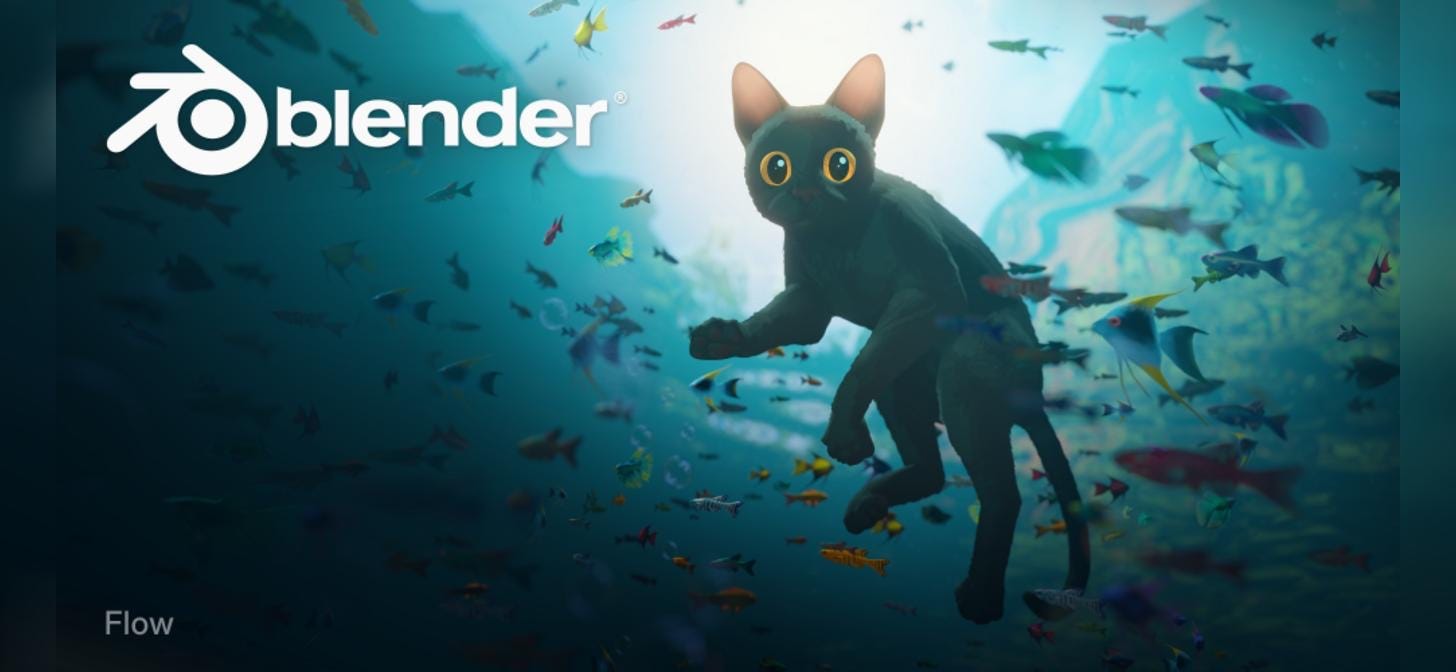One of the first things you need to decide on when you’re working on a gaming project is what you’re going to use to build it.
Actually, that’s a lie. You need to work out what you’re going to build in the first place.
Once you know what the project is, or at least have a decent idea about it, you can then select the tools you’re going to use. We have had a fairly good feeling about the first real Hotel Outlaw project, and so we started to work out the form of our technology stack.
It turns out, if you impose financial restrictions on yourself, the decision can actually get quite easy.
Engine: Unreal
Picking the game engine that the game is actually built on is quite an important one. Not all engines are built alike, and each have their benefits and shortcomings.
In terms of our choices, that basically came down to two options: Unreal Engine or Unity. Since we are planning a game set in a 3D world, these seem like the most obvious choices to go for.
There are others out there, such as Godot, which would be better suited to a 2D game. We may well return to it in the future if a project calls for it, but there are better options out there.
We’re also not going down the route of making our own game engine. That requires a level of technical prowess beyond our capabilities, not to mention the mammoth effort to actually build one.
That could well be a future project option too, especially since it could be a very flexible option if we need something other game engines cannot provide.
That leaves us with Unity and Unreal as our two candidates. Both are well-used and battle-hardened engines, and either could be suitable for what we want to do, but we have sided with Unreal Engine in the end.
Emma was attracted to it because of its Blueprint system, which enables coding without actually delving in C++. Being able to quickly build and implement a system in a project and to test it out right away is an invaluable feature of Unreal, which means we can quickly iterate on ideas and find things that work well.
The cost of the engine is also decent, as it’s a royalty-based one that impacts revenue once we reach a milestone, and at a fairly reasonable rate too.
With the engine decided, attention can turn to other tools and elements that can work with it.
3D Modelling: Blender
To actually have models to use in our games, we have a few options: Get them or make them.
Getting models is relatively simple. There are many different marketplaces that sell models that can be imported and modified in projects. Even the Fab storefront connected to the Unreal Engine stocks them.
While it does cut down the time to get a model for a project, it doesn’t leave any opportunity for customisation at all.
If you want to have a specific character in a game, you’re going to have to make it for yourself or commission someone to do it instead. That means working in 3D modelling software.
There’s a lot of them out there, and we’re hearing great things about Houdini, but we’re ultimately going with Blender.
For a start, it’s free, making it a great price. It also has pedigree, with the Oscar’s-winning animated feature Flow produced with it.
We could use other applications for the task in the future, but Blender offers a lot for no real outlay. That is, outside of learning how to use it.
Other tools
While the bulk f the heavy lifting will be handled by Unreal Engine and Blender, we will still have to rely on a bunch of other applications to make or manage the projects.
For example, we have Pixelmator, Procreate, and Adobe Photoshop for 2D imaging duties, various video editing tools, and apps like Notion and Codecks for managing ideas.
Even though we’re just two people at the moment, we’re already planning for remote team work. That includes having a Slack set up as well as a Discord.
As projects progress, these tools will almost certainly change over time to meet our needs. For the moment, this will do just fine…





